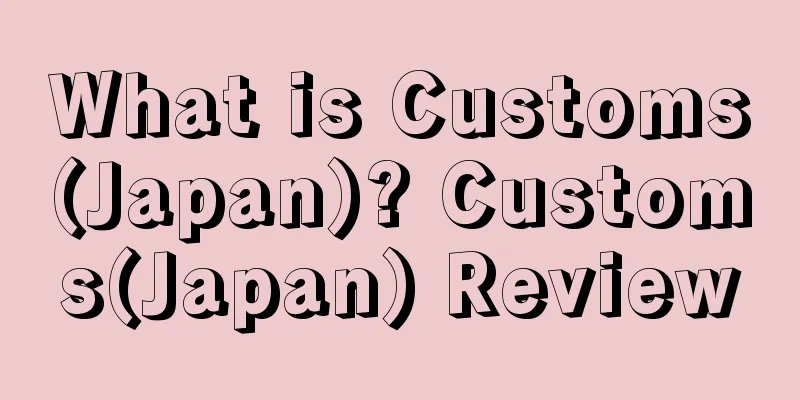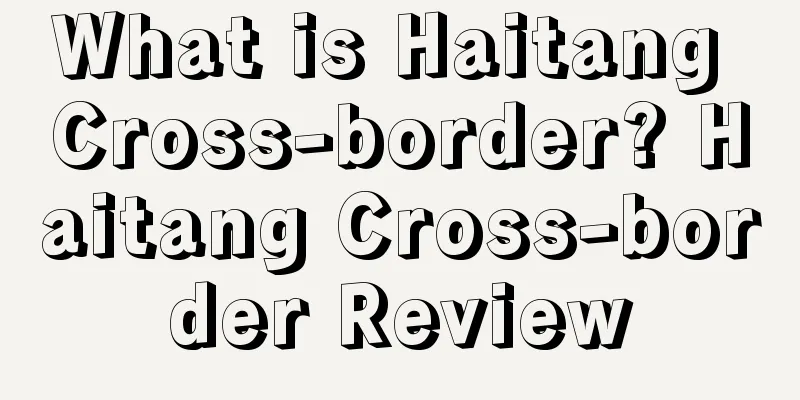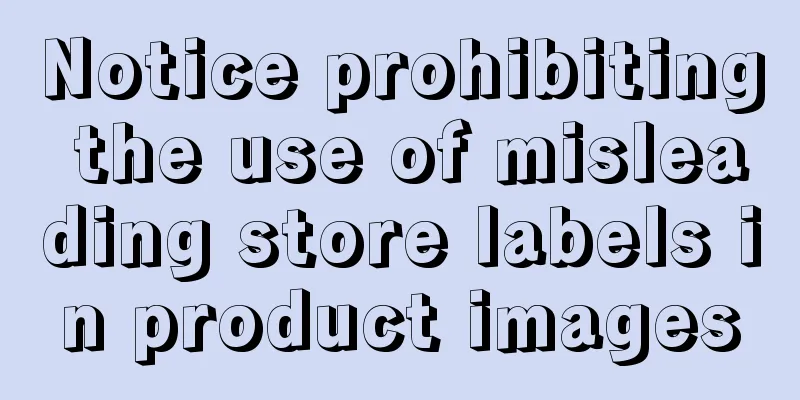What is Customs(Japan)? Customs(Japan) Review

|
The Customs Office (Japanese: 税関/ぜいかん) is the name of the customs in Japan. In Japan, it is a local branch of the Ministry of Finance, mainly responsible for collecting domestic consumption taxes and tariffs, clearing imports and exports, combating smuggling, and managing bonded areas. Website: https://www.customs.go.jp/ Established in 1859 history In 1854, the Treaty of Kanagawa was signed, and Japan opened the ports of Shimoda and Hakodate (now Hakodate) to trade with the United States. In 1859, the ports of Nagasaki, Kanagawa and Hakodate (Hakodate) established "Unjosho" to supervise the collection of cargo taxes, which was the predecessor of the customs. On November 28, 1872, Yunshangso was renamed "Customs Office". On September 8, 1890, six customs offices and their jurisdictional areas were established in Hakodate, Niigata, Yokohama, Osaka, Kobe, and Nagasaki. On November 5, 1902, the Niigata Customs was abolished and its jurisdiction was divided among the Yokohama, Osaka, and Hakodate Customs. On April 1, 1909, Karafuto Prefecture was incorporated into the jurisdiction of the Hakodate Customs. On November 5, 1909, the Moji Customs Office became independent from the Nagasaki Customs Office. On October 1, 1937, the Nagoya Customs Office was established, taking over part of the management areas of the Yokohama Customs Office and the Osaka Customs Office. On November 1, 1943, maritime administration was unified, customs duties were taken over by the Maritime Administration under the Maritime Administration of the Ministry of Transport and Communications, and customs duties were abolished. On June 1, 1946, the Customs Department was re-established after the war, with six regional units established in Hakodate, Yokohama, Nagoya, Osaka, Kobe, and Moji. On August 1, 1953, the Tokyo Customs Office was established to take over part of the Yokohama Customs Office's administrative area. On the same day, the Nagasaki Customs Office was established to take over part of the Moji Customs Office's administrative area. On May 15, 1972, the Okinawa Regional Customs Office was established to govern Okinawa Prefecture. Regulation The Customs Law (CUSTOMSLAW), the Customs Tariff Law (CUSTOMSTARIFLAW) and the Temporary Tariff Law (TEMPORARYTARIFLAW) are the basic legal provisions for Japan's customs tariff policy and administrative management. Functions (1) Import duties, consumption taxes, and other domestic taxes on imported goods (approximately 50,000 yen per year, accounting for 10% of Japan's annual tax revenue); (2) Regulating the flow of goods to prevent the smuggling of harmful items into Japan (such as narcotics, firearms, and other contraband); (3) Promote trade facilitation, coordinate international trade procedures, and promote world economic growth and improvement of people's living standards. Responsibilities (1) Conduct research and planning on tariffs, tonnage taxes, special tonnage taxes and other customs administration matters (including negotiating tariff agreements with foreign countries); (2) To determine and levy customs duties, tonnage taxes, special tonnage taxes and excise duties on international goods; (3) To supervise and control the import and export of goods, vessels, aircraft and passengers in accordance with the Customs Law and other relevant laws and regulations; (4) Bonded area supervision; (5) Issue customs clearance licenses to customs brokers and customs brokers, and supervise and manage them; (6) Manage the Japan Automated Cargo Declaration System Center; (7) compiling customs statistics; (8) Providing education and training to customs officers; (9) Provide support to the Customs, Tariffs, Foreign Exchange and Other Transactions Council. Japan manages customs affairs in various regions through customs districts, which are directly supervised and controlled by the Customs Tariff Bureau. |
<<: What is VIS Logistics? VIS Logistics Review
>>: What is SheIn? SheIn Review
Recommend
Big news! Savitech will be officially launched on July 12!
It is learned that on July 11, Suntech Power issue...
What is 3Suisses? 3Suisses Review
3Suisses Faruier is a well-known French B2C e-comm...
How to set up keyword bidding most effectively? Five tips to teach you
Ad space is hard to come by and products cannot be...
What is Keyhole? Keyhole Review
Keyhole tool can track #hashtag, @account, keyword...
The State Council has introduced a number of support policies, which will further benefit cross-border e-commerce!
▶ Video account attention cross-border navigation ...
FBA warehouses urgently evacuated! Amazon is reported to be planning to build an independent website!
Yesterday, foreign media broke the news that a ha...
What is Vova? Vova Review
Vova is a mobile cross-border e-commerce platform ...
Amazon Advertising - Top Questions and Answers 101
Today I’m sharing with you a collection of popular...
What is Coupang? Coupang Review
Coupang is a South Korean e-commerce company and t...
Amazon insurance went bankrupt?! Sellers paid for nothing
There was a big bombshell about Amazon insurance ...
A girl who returned from overseas pursued her dream of becoming the CEO of Amazon after three job changes
Preface of the Little Clone: After Teacher Alice’...
How to change Amazon generic/neutral brands into registered brands?
Experience sharing: insist on opening cases at nig...
Christmas Infringement Product Album: Christmas Light Strings!
There are many patents for light strings. Althoug...
All channels are fully open! LOWE'S expands same-day delivery service across the United States!
US retailer Lowe's is expanding its same-day d...
Many Amazon stores are closed and the company is going out of business!
In recent years, competition in the cleaning appli...









